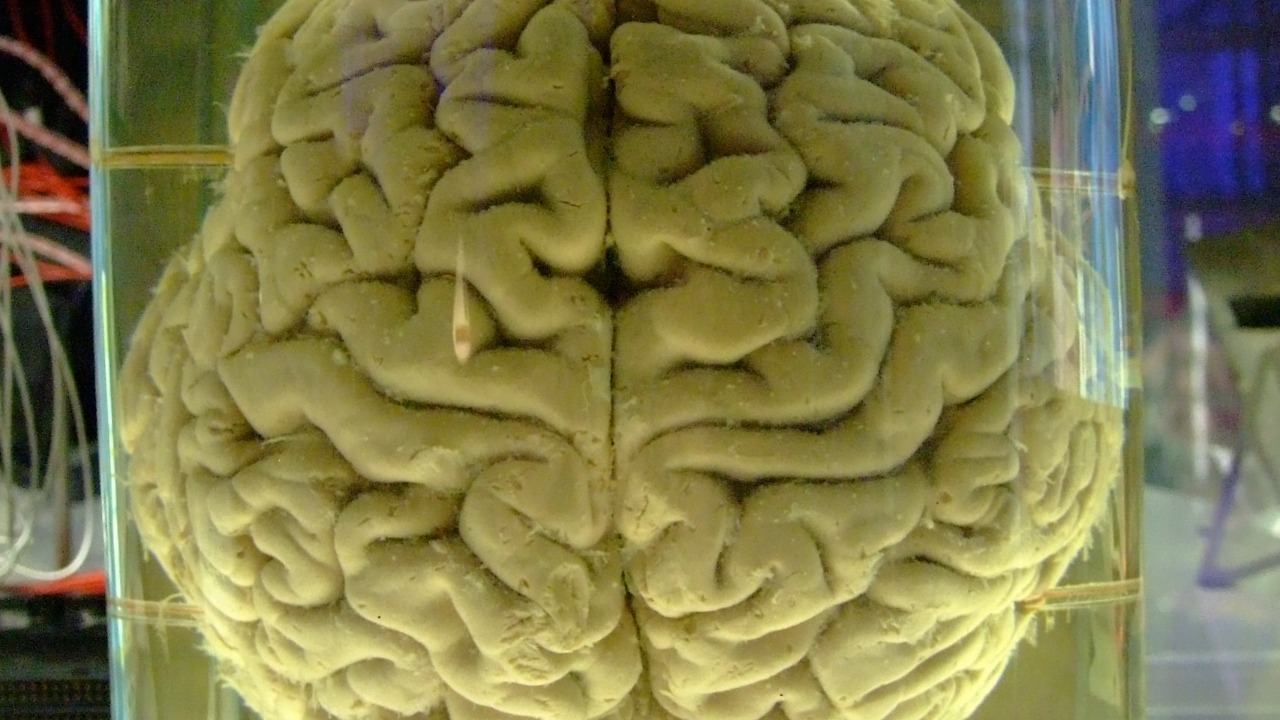
In a remarkable fusion of neuroscience and bioengineering, scientists have managed to teach lab-grown brain cells to play video games, and surprisingly, outperform artificial intelligence (AI). This article will explore this fascinating development, its potential impacts, and future prospects.
The Concept of Biological Intelligence
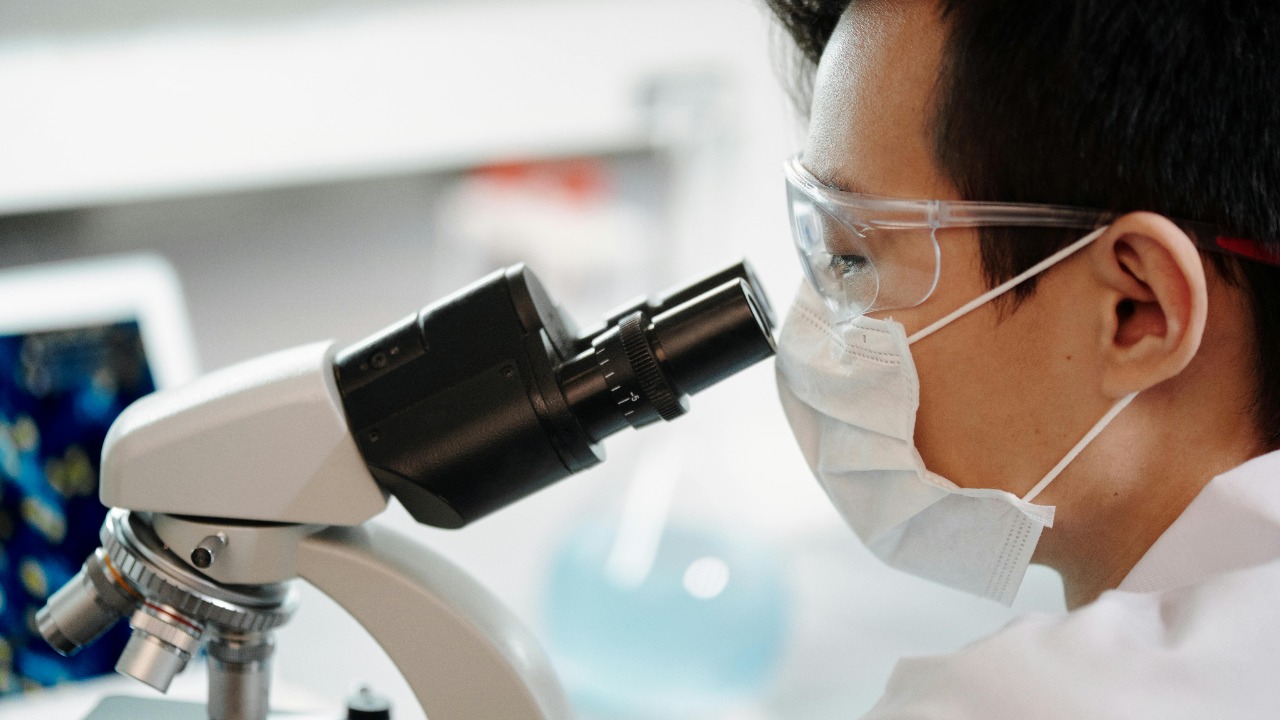
Biological intelligence, unlike its artificial counterpart, originates from living organisms. It involves the inherent ability of organisms to learn, adapt, and respond to their environment. This form of intelligence has been the focus of studies in the field of cognitive biology, with scientists aiming to understand its inner workings and potential applications.
Artificial intelligence, despite its remarkable capabilities, operates within the boundaries of its programming. Biological intelligence, on the other hand, has the potential to adapt and evolve in ways that artificial systems cannot. This unique flexibility could revolutionize the tech industry by enabling the creation of more adaptive and resilient systems.
The Breakthrough: Lab-grown Brain Cells Playing Video Games
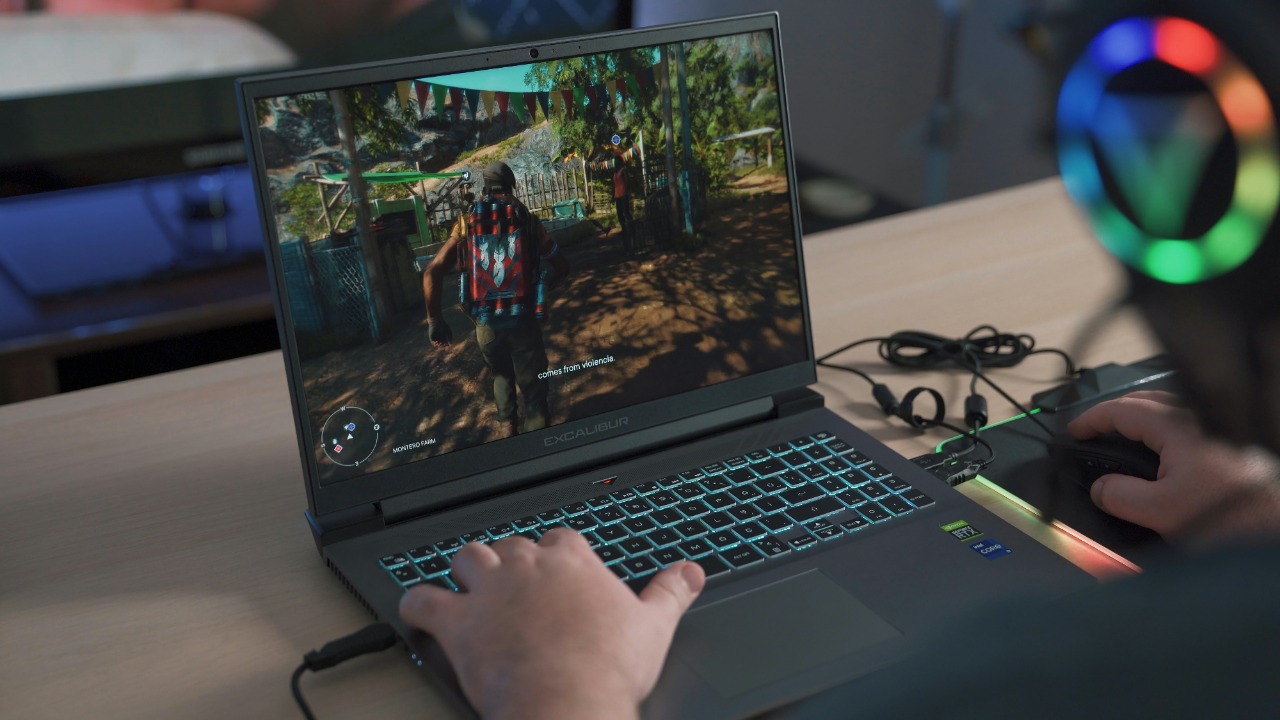
Recently, there has been a groundbreaking advancement where lab-grown brain cells were trained to play video games. These cells, when interfaced with the digital environment of a video game, were able to learn and adapt, eventually outperforming AI opponents. The game in question was a simple one, akin to Pong, yet the results were nothing short of astonishing.
In comparison, AI systems trained on the same game showed proficiency but lacked the adaptability exhibited by the biological cells. This discovery, detailed in a recent report, opens up a new frontier in the comparison of biological and artificial intelligence.
The Science Behind Lab-grown Brain Cells
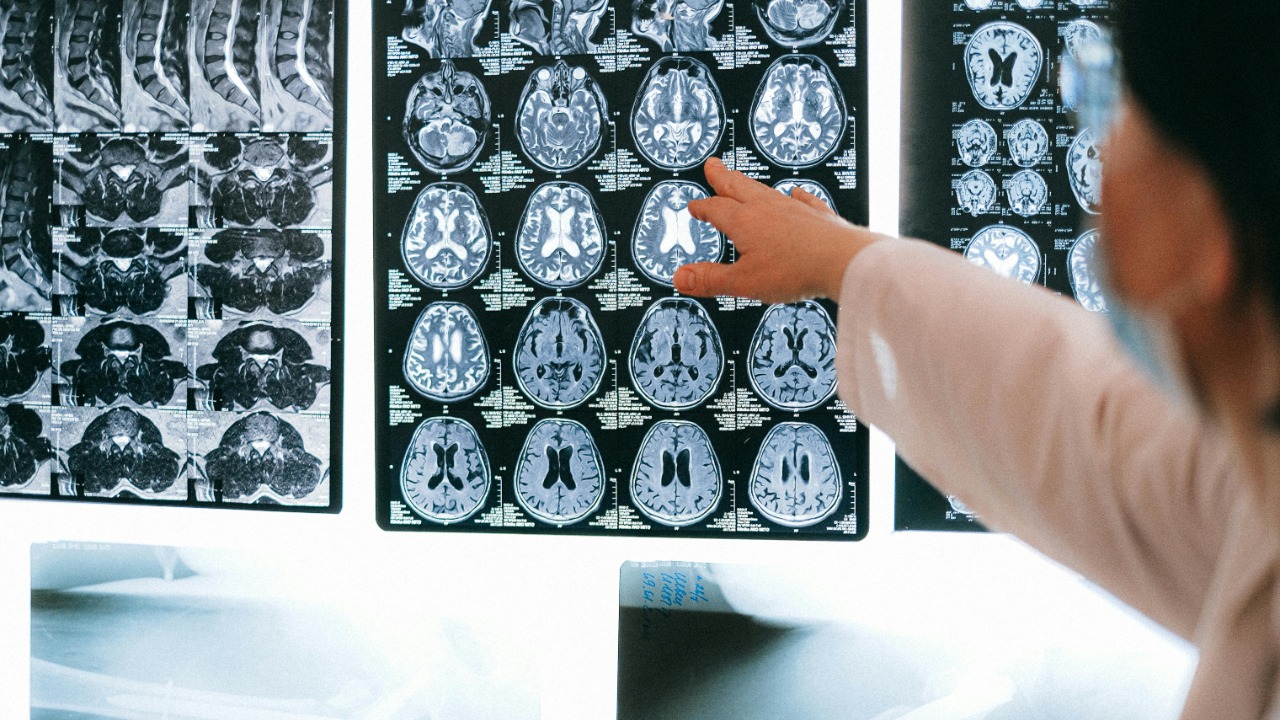
The process of growing brain cells in a lab is a complex one that involves the cultivation of neurons from stem cells. These neurons are then arranged into a network that mimics the structure of brain tissues. The real breakthrough, however, lies in the ability to interface these cells with a digital environment, allowing them to interact with and learn from the virtual world of video games.
This achievement was made possible by a combination of advanced bioengineering techniques and cutting-edge technology. The lab-grown brain cells could “see” the game screen and “decide” on the optimal movements to make in response to the game’s challenges. The exact mechanisms of this interaction are still a subject of ongoing research, and the published study provides fascinating insights into this groundbreaking work.
Implications of this Development
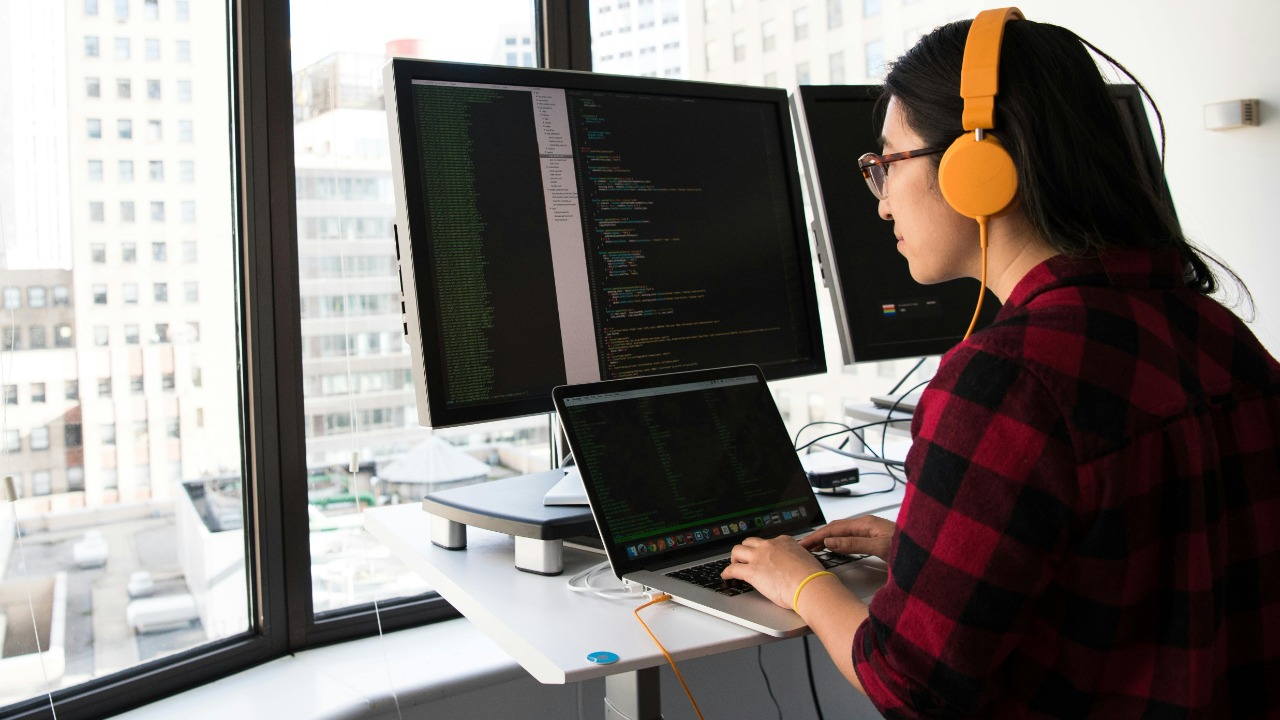
This development could have far-reaching implications for AI research and development. If biological neurons can be trained to outperform AI in a digital environment, we could see a shift towards hybrid systems that combine the adaptability of biological intelligence with the processing power of AI. Such systems could revolutionize fields like data analysis, prediction modeling, and autonomous systems.
However, the development also raises several ethical considerations. The use of biological components in digital systems blurs the line between life and machine, raising questions about the rights and considerations such systems might have. Moreover, the societal consequences of such developments need to be thoroughly considered. This article provides a comprehensive discussion on these issues.
Future Prospects: Beyond Gaming
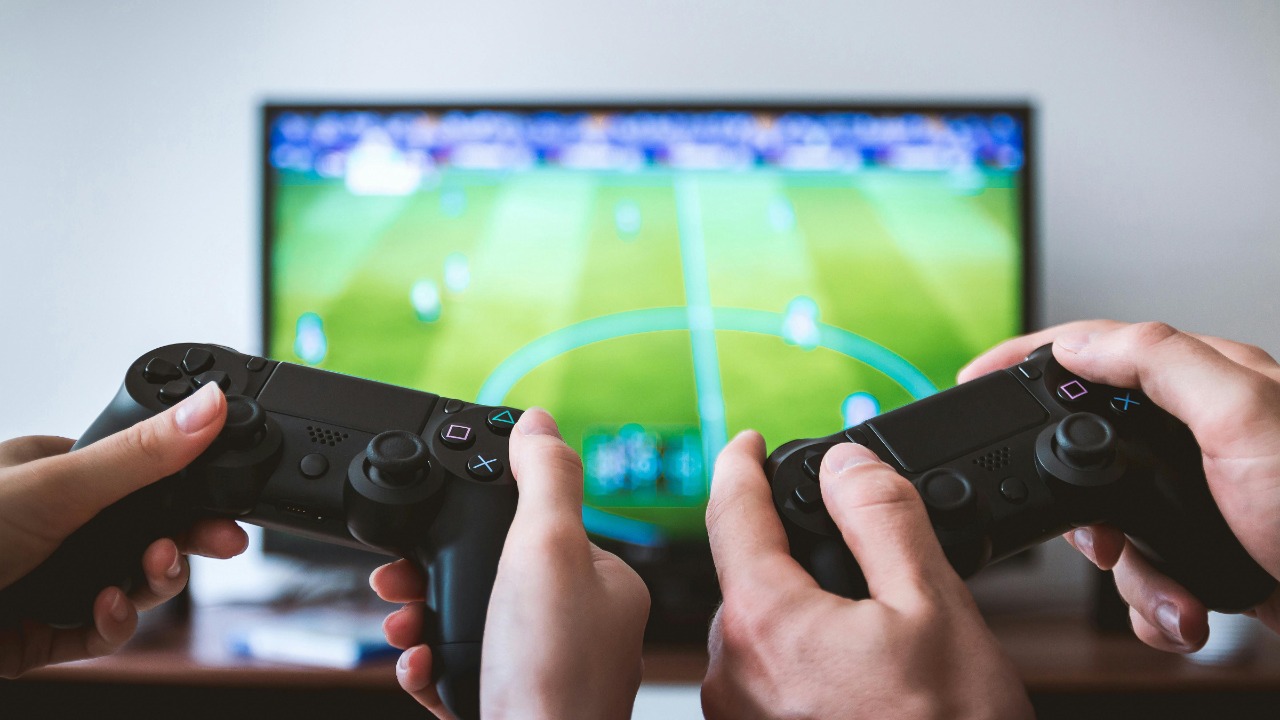
The potential applications of this technology extend far beyond video games. Imagine a data analysis system that can adapt and learn from new data types, or a problem-solving algorithm that evolves its approach based on the problem at hand. The use of biological intelligence in these contexts could significantly enhance their performance and efficiency.
The future of bioengineering, especially in the context of intelligence, could radically reshape our technological landscape. As we continue to explore and understand the potential of lab-grown brain cells, we could see the emergence of hybrid systems that leverage the strengths of both biological and artificial intelligence. The possibilities are endless, and the future is indeed exciting.